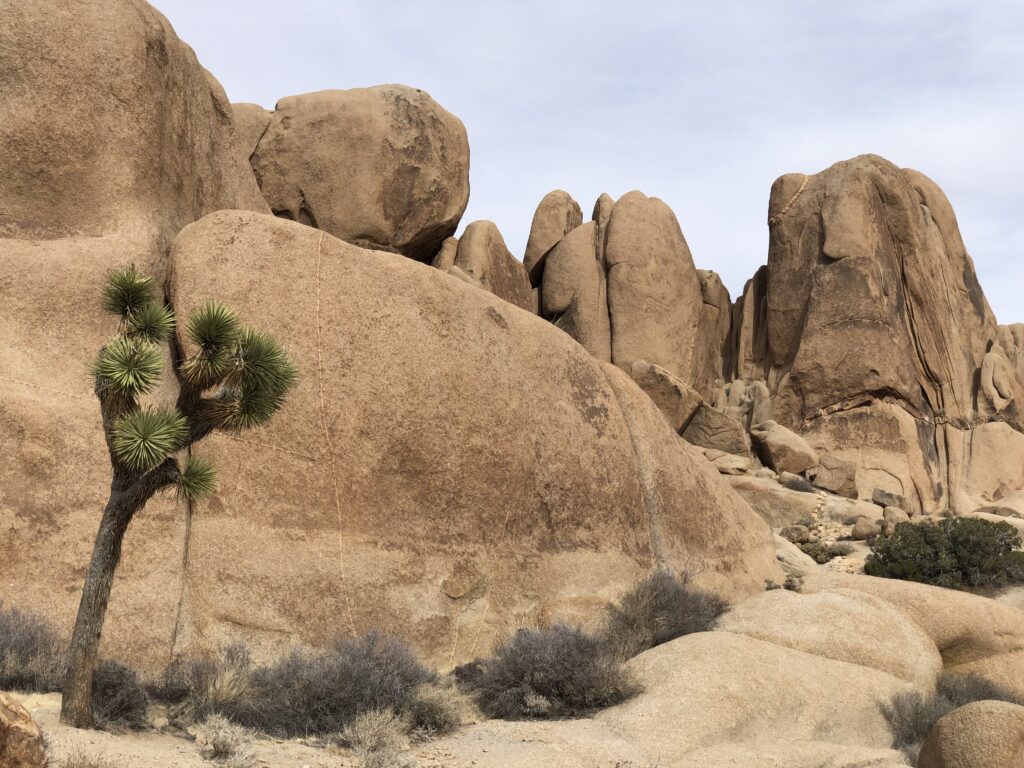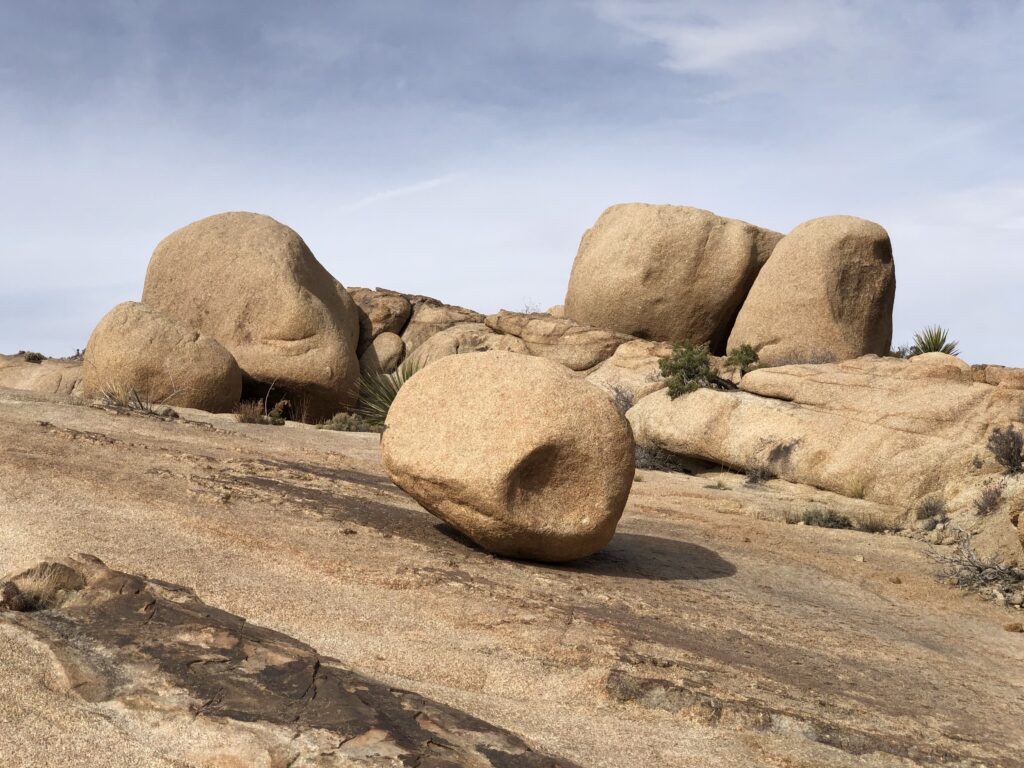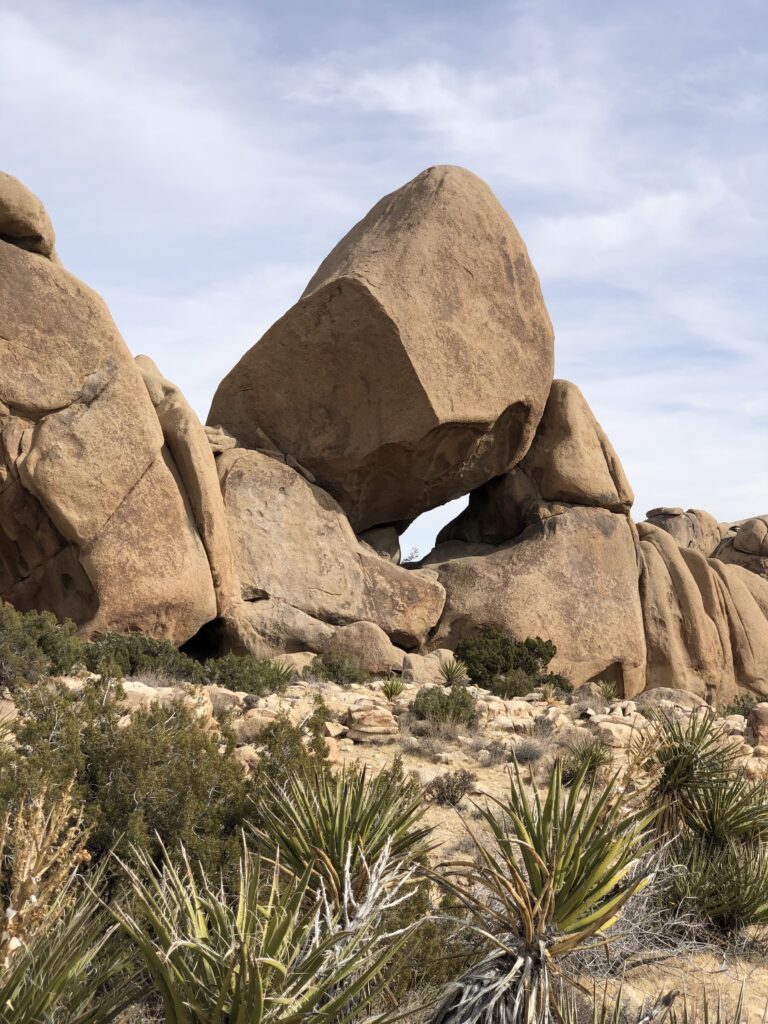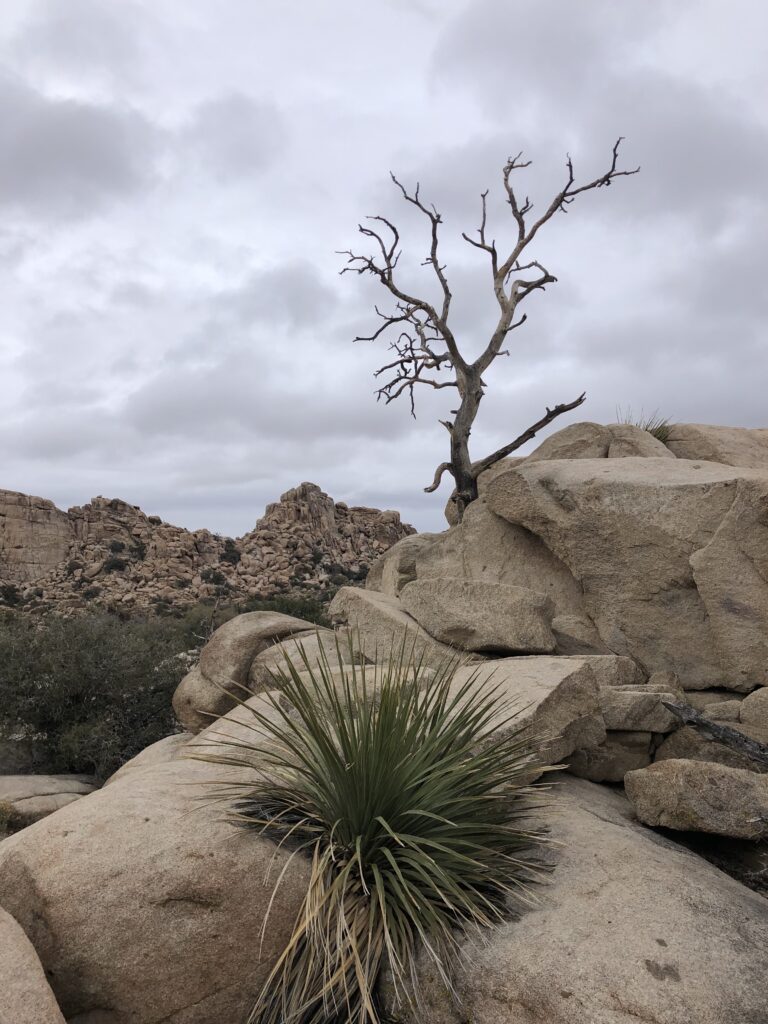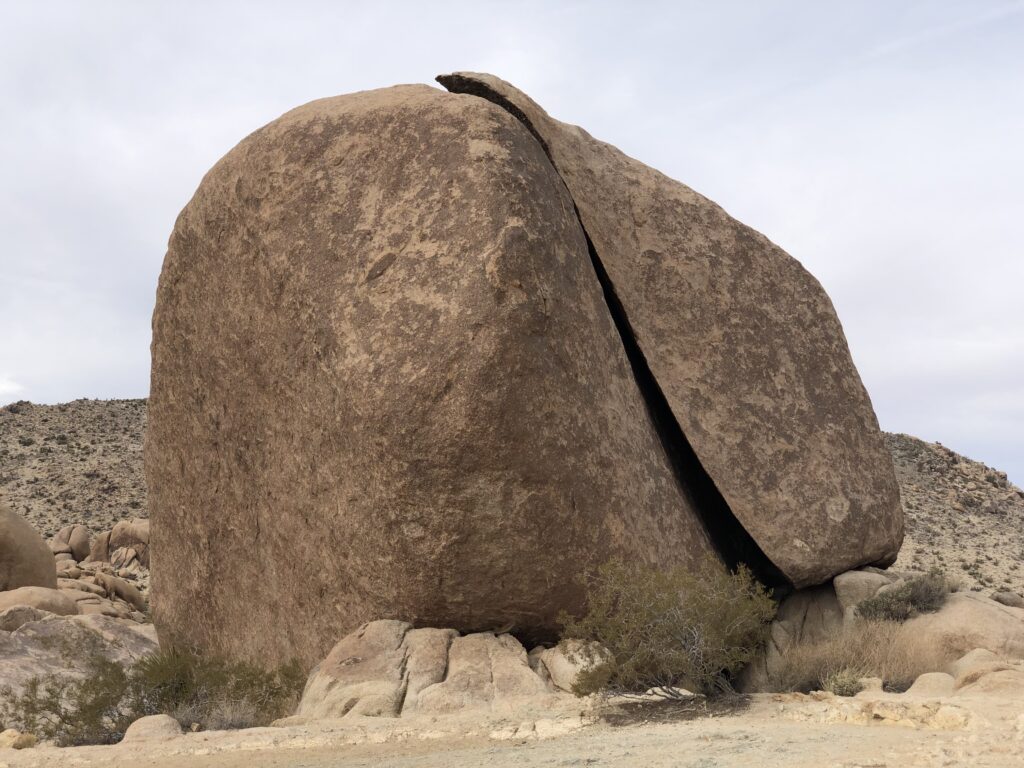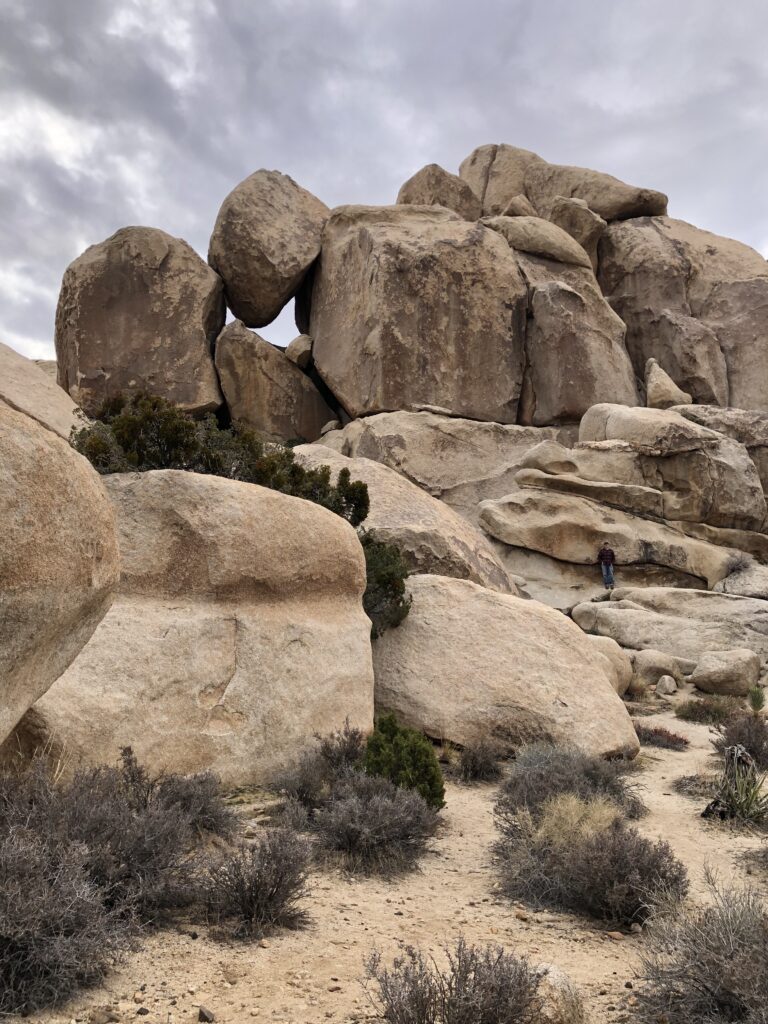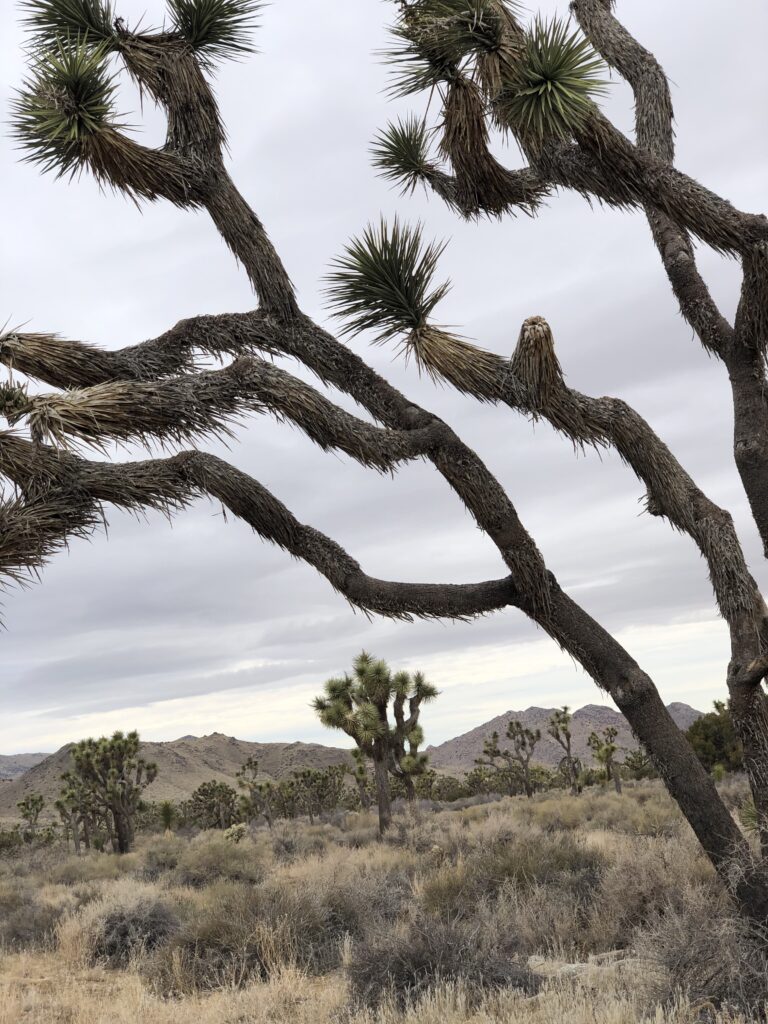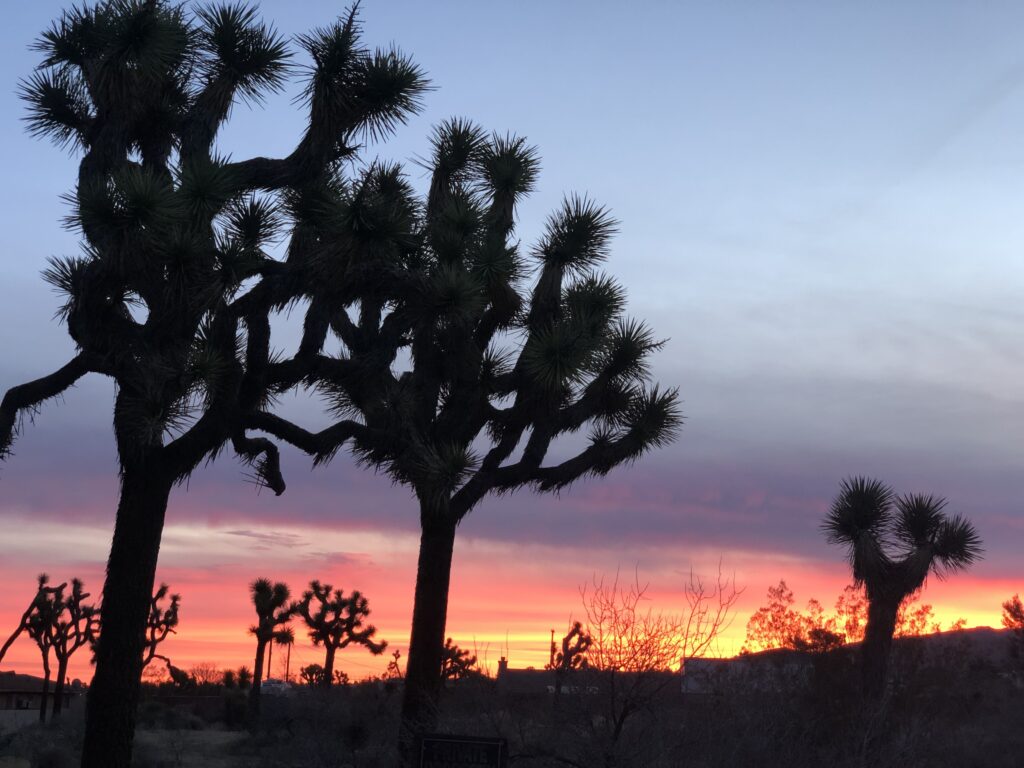We were lucky enough to go on a land-based tour of the Galapagos between 1/16 and 1/26.
We start our journey on San Cristobal. We flew in from Quito, Ecuador.
San Cristobal has a lovely town with a nice harbor and a massive sea lion colony.
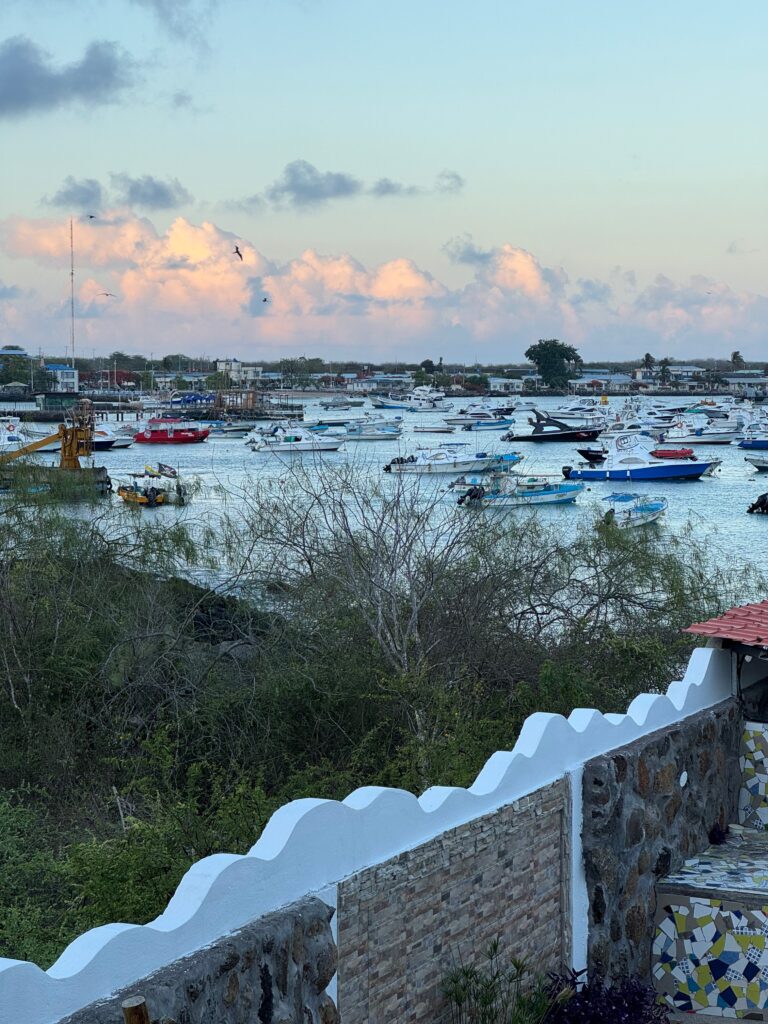
This is the sea lions’ beach. They own it! No people allowed.
They also own benches and patches of curb and boats along the wharf.
We were lucky enough to go when there were lots of sea lion pups. The babies stay where they are stashed until momma comes back.
They are adorable and vocal.
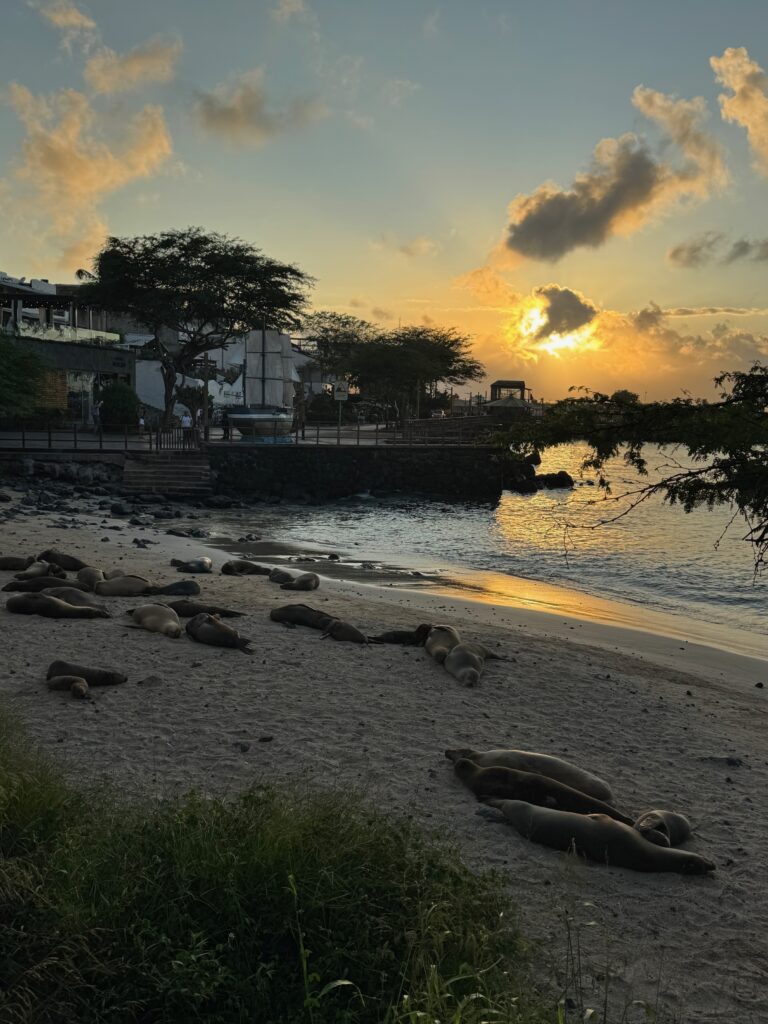
The first full day, we went diving at Kicker Rock. This is one of the top snorkeling and diving spots: if you come to San Cristobal and you’re up for water fun, you will go here.
There is an amazing canyon between the two rocks.
We were lucky enough to see hammerheads and a huge school of fish.
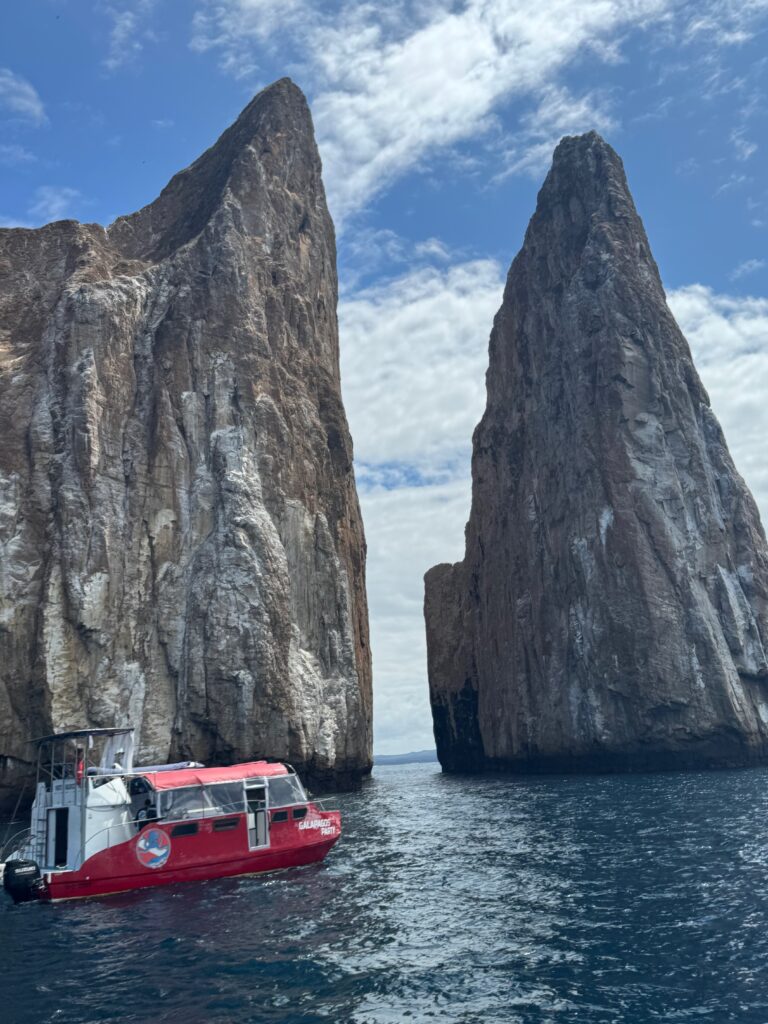
We glimpsed our
We glimpsed our first marine iguanas that day, but we got much better sightings the next day, at Floreana.
Each island has its own marine iguanas, with distinctive coloration. The Floreana marine iguanas had wonderful shadings of red and green, especially the males.
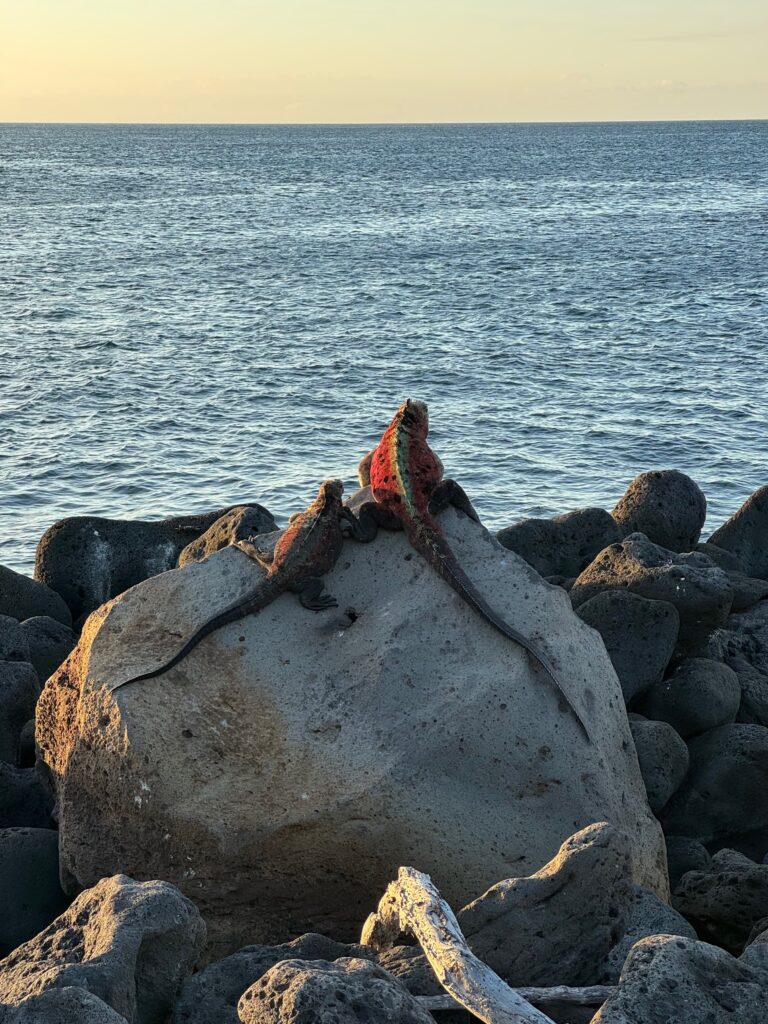
On Floreana, we went up to the highlands and got to see our first tortoises!
These are relatively young (30 years or so), and as soon as the rat population is eradicated, they will be fully released into the wild. They are currently walled into a protected area in the highlands.
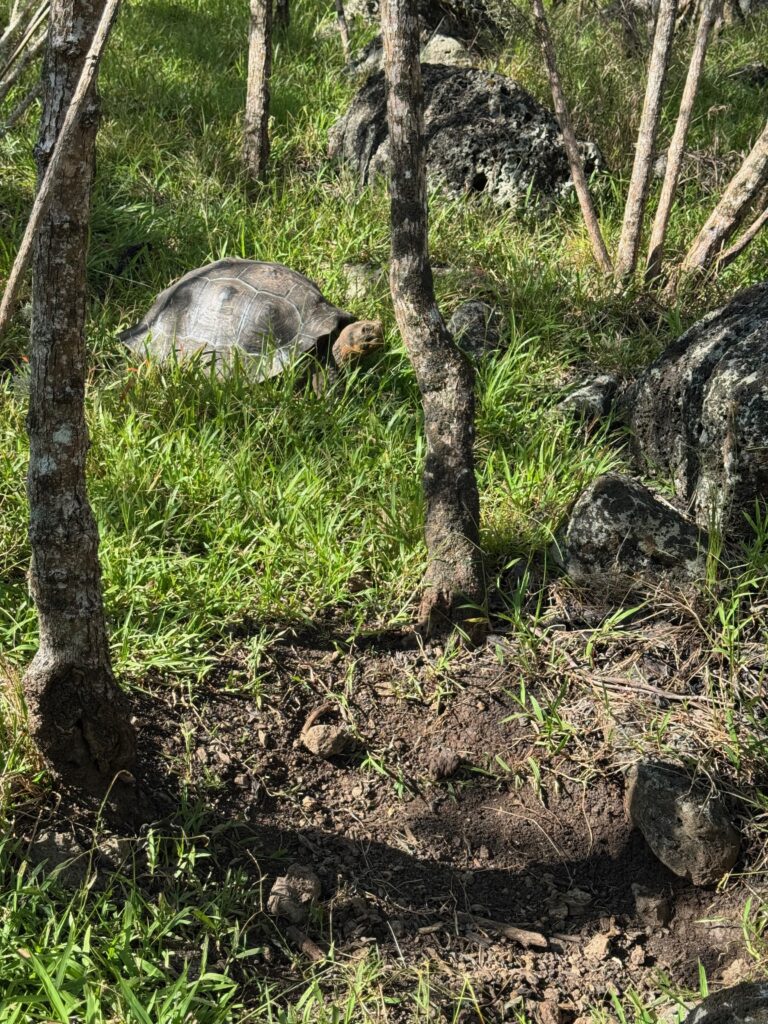
From the highlands, the volcanic heritage of the islands is clearly visible.
The Galapagos have been formed over millions of years by a hot spot. Each island is usually made up of multiple volcanoes. The oldest of the Galapagos are actually gone — they are on a tectonic conveyor belt.
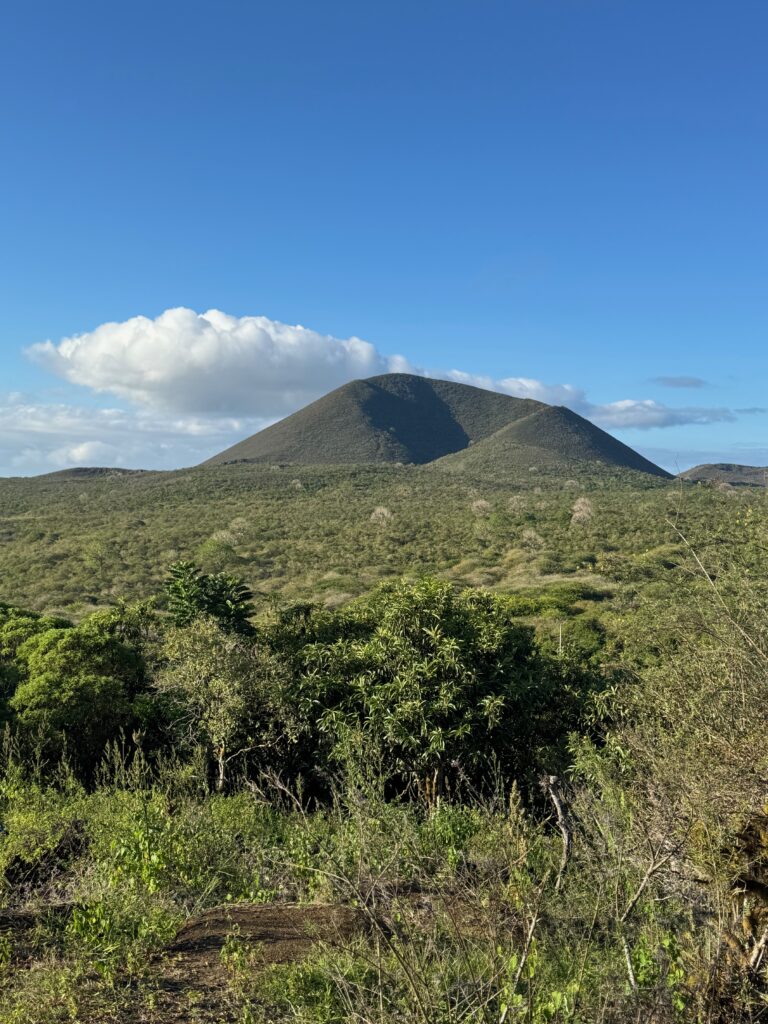
Then it was on to Isabela. We went kayaking, and got to see lots of fun things around the harbor, most notably the Galapagos penguins.
These are the only penguins you can see in the northern hemisphere (just barely!).
Note that puffins are not penguins 😉
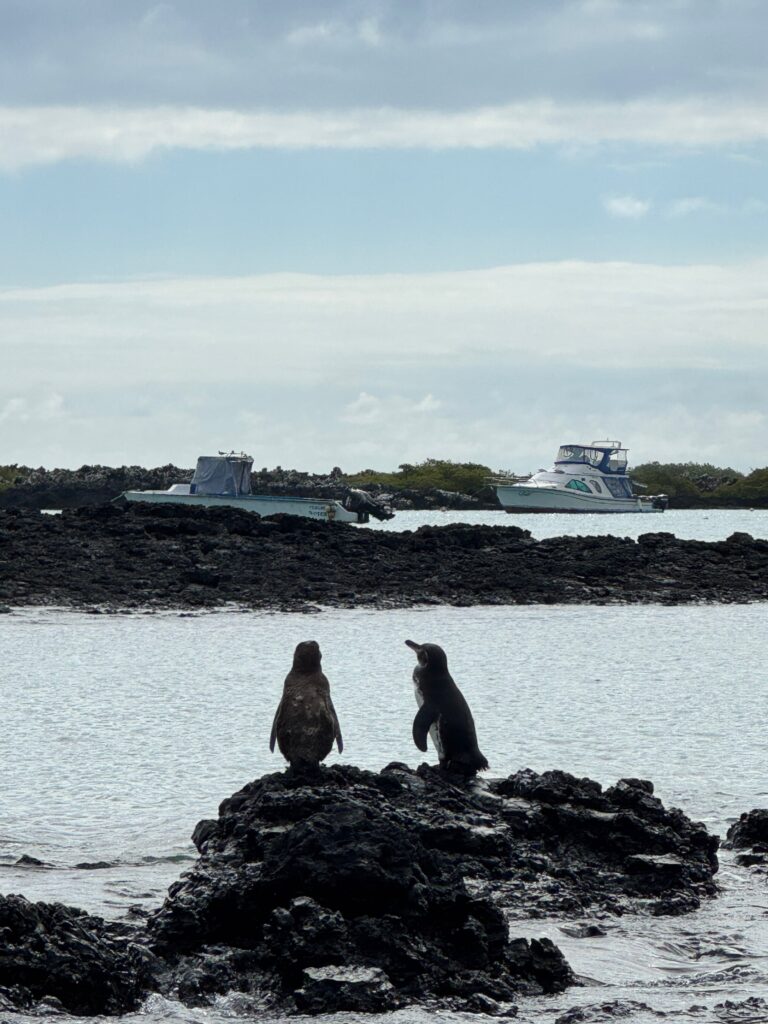
The next day, we went for a hike on one of Isabela’s several volcanoes.
It sprinkled on us for the first half, which was actually quite welcome — it was blistering hot when the sun came out!
This is a very active volcano, that erupted in 2005 and 2018.
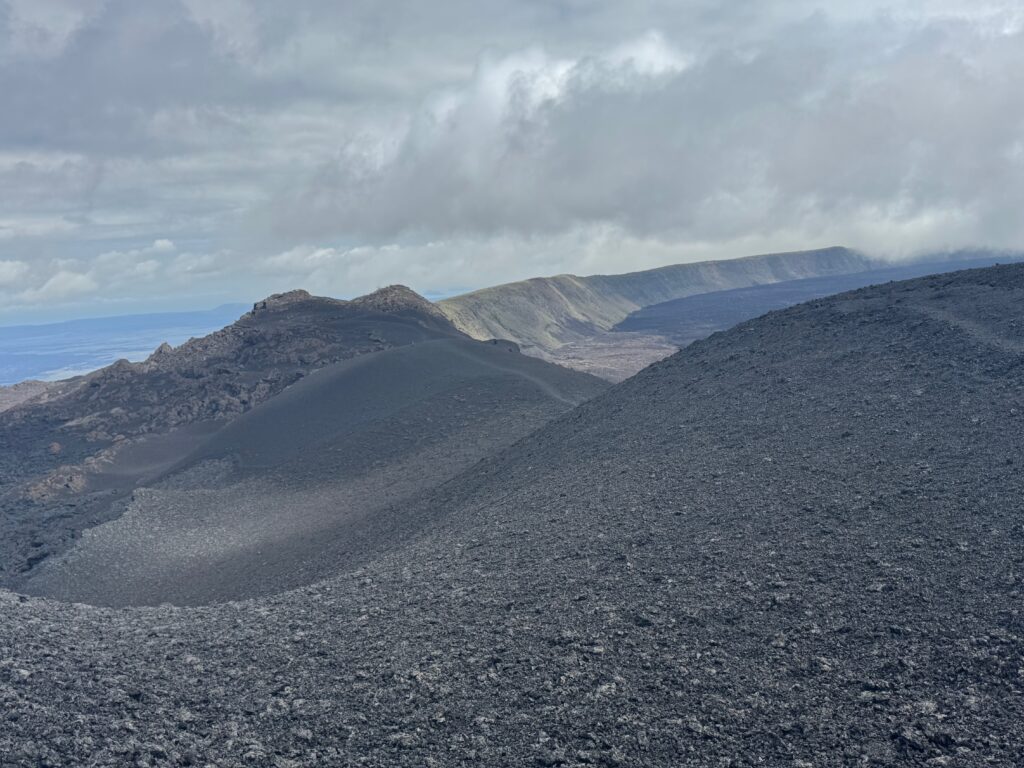
The next day, we went snorkeling en route to Los Tuneles. That was one of the trip highlights!
Our guide helped us see reef sharks dozing in their cozy caves.
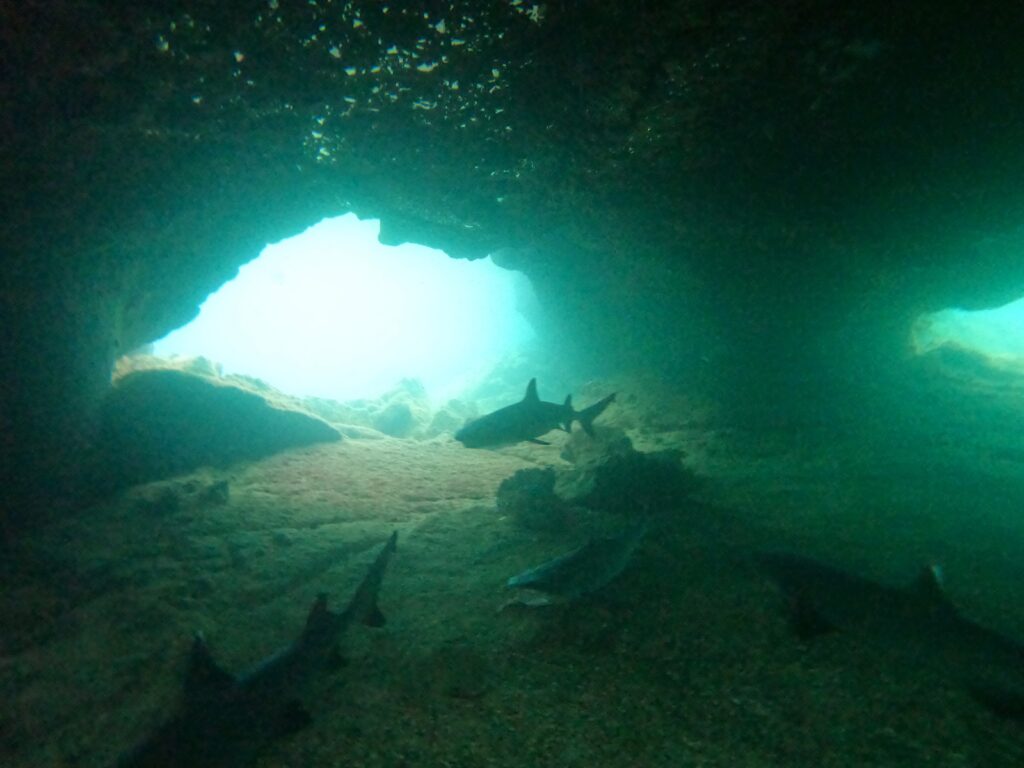
There were also lots and lots of beautiful turtles!
And many beautiful little fish!
And sea horses!
Such a treat.
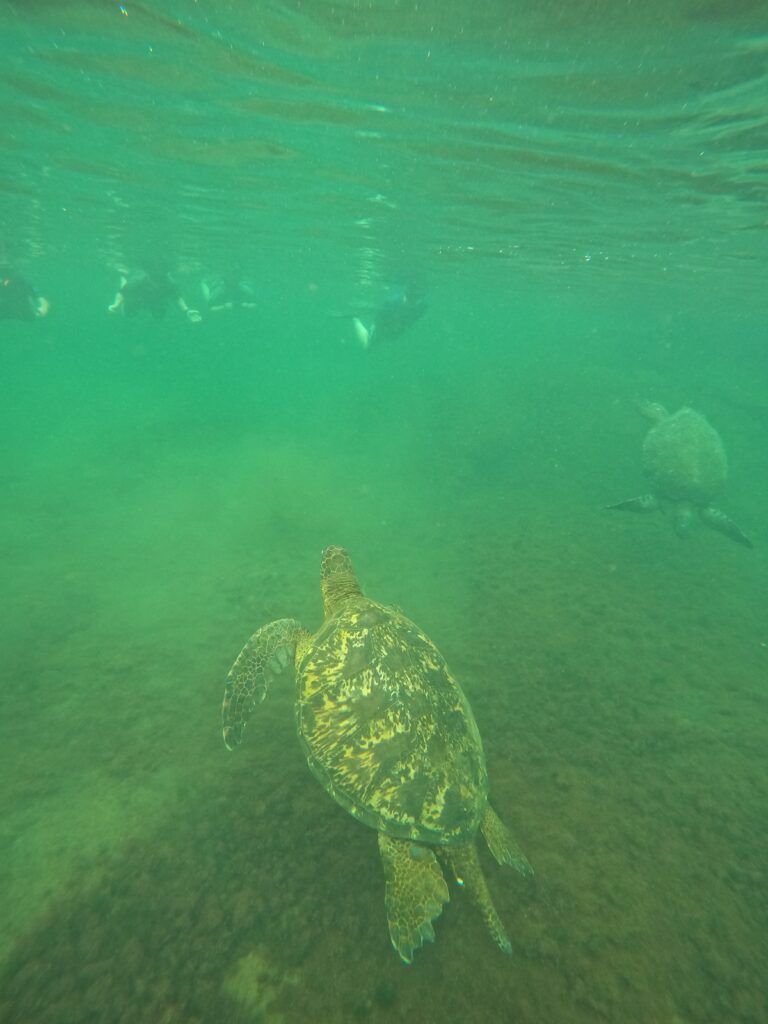
Los Tuneles itself was wonderful! You aren’t allowed to snorkel there right now, but we took a dingy through, and were able to walk around a little bit.
Layers of old lava have eroded away, leaving dozens of natural arches. The formations are studded with cacti, and it is prime nesting for boobies.
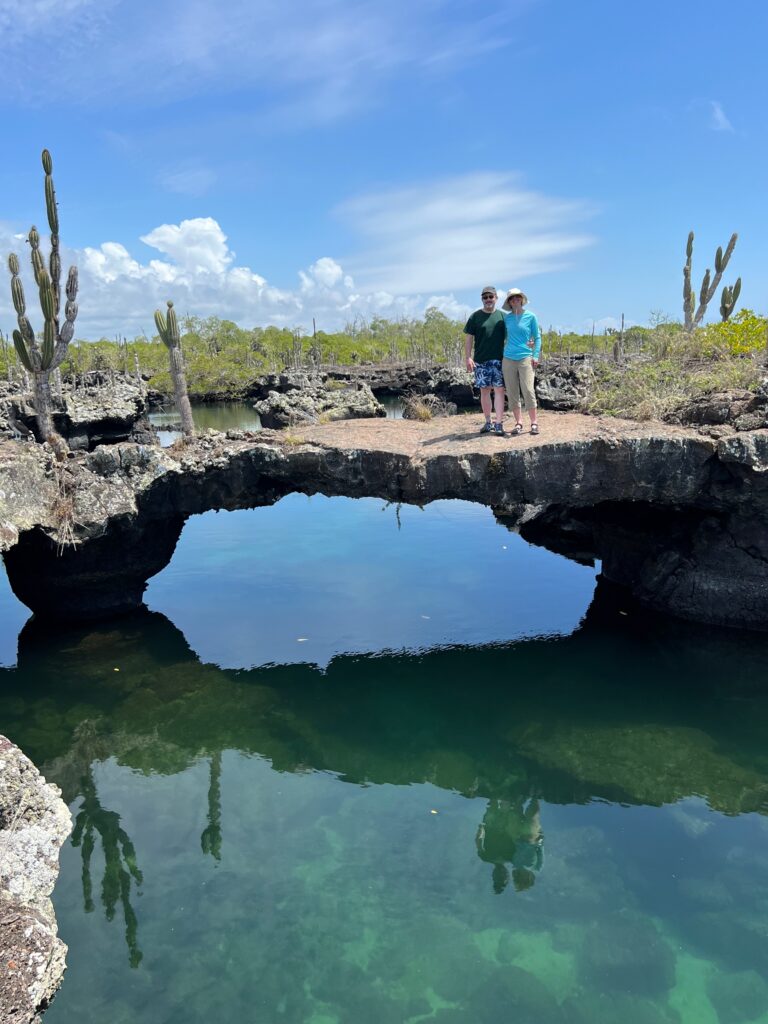
We closed out our time on Isabela by visiting the tortoise breeding center.
Rats are a threat to baby tortoises, so they raise tortoises here and then release them when they’re old enough to be safe. These guys are a few years old.
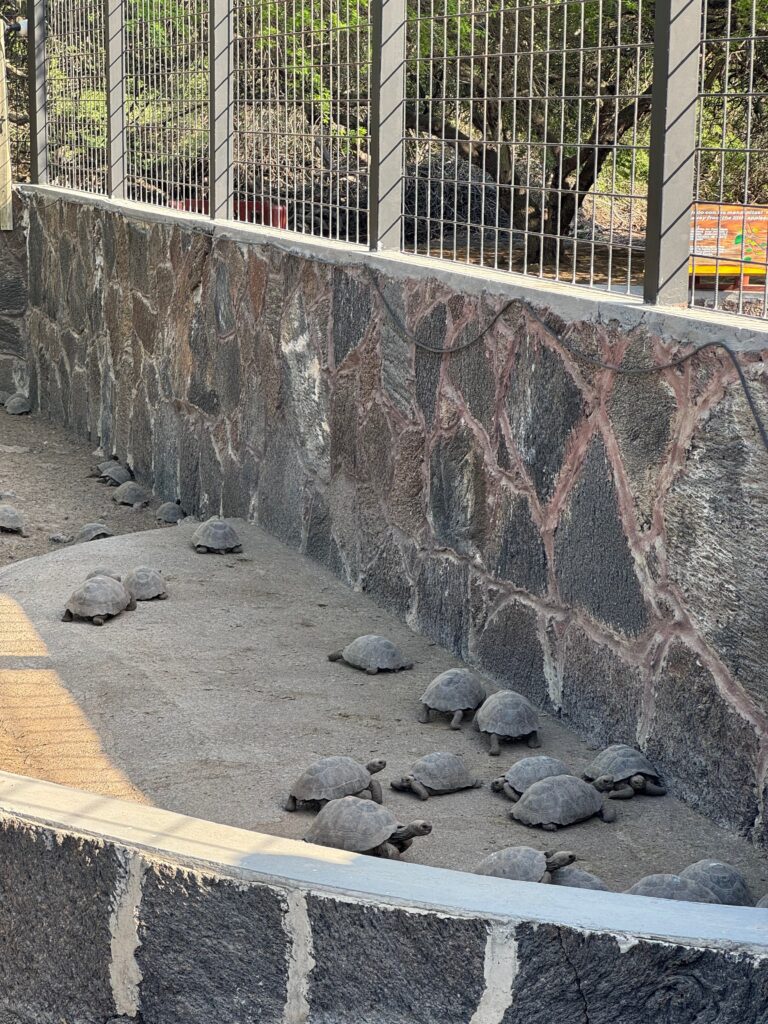
Finally, it was on to Santa Cruz, the most commercial of the islands.
There, the highlight was a tortoise reserve. This is private land that butts up against a national park. They allow wild tortoises to come and go.
The tortoises especially like the mud wallow.
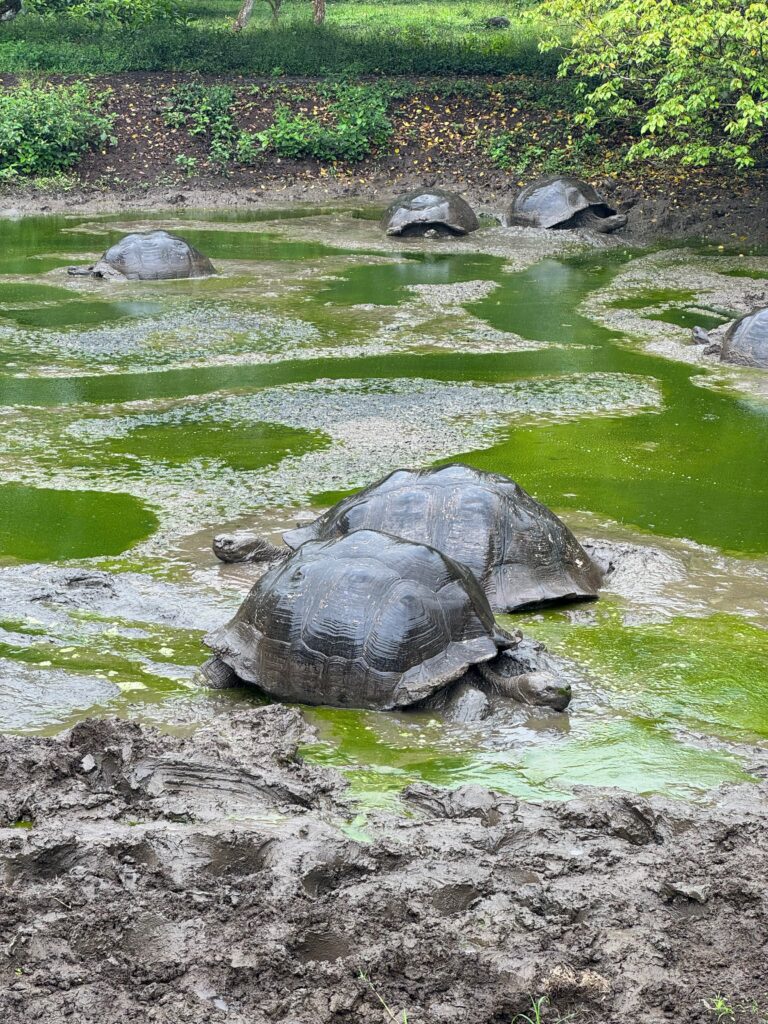
And here we are with a couple of the tortoises. They were big, but there is some false perspective going on here 😉
All in all, a really wonderful trip! I would highly recommend it to anyone who gets the chance to go.
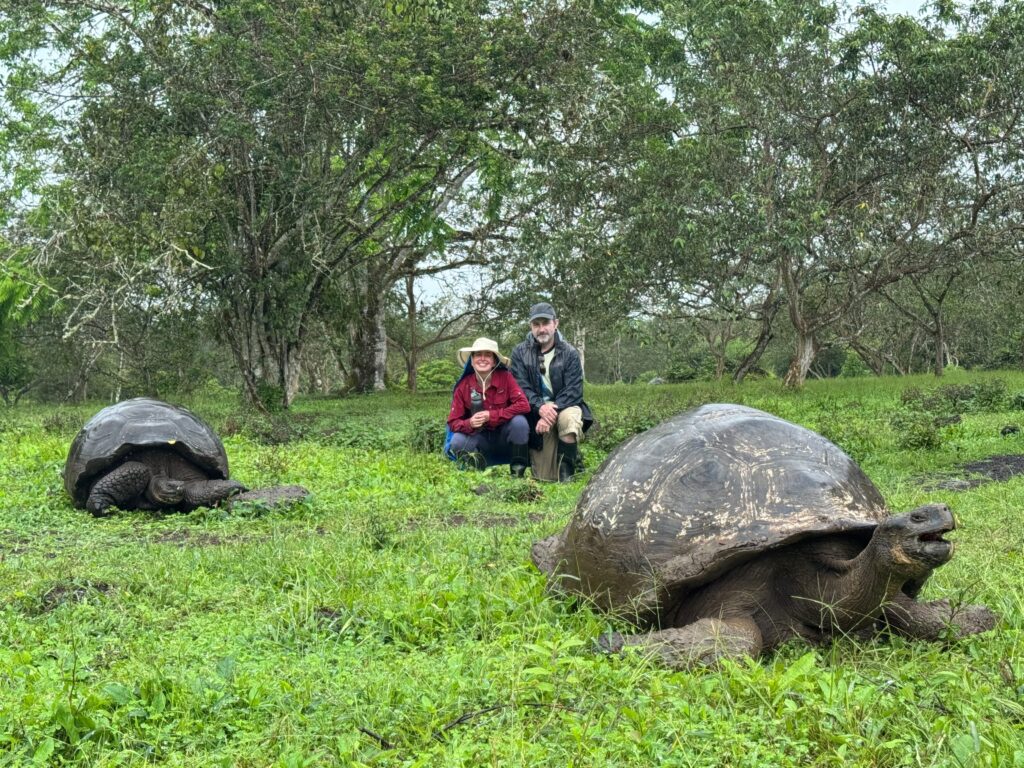
Sadly, it was about this time that a bit of food poisoning kicked in. It took out 10 or our 16 members, and the guides got a bit of it too. Fortunately we only missed a couple minor things — it basically turned one lost transit day into two.
Fortunately that discomfort is already receding in memory, leaving behind a truly lovely trip!

